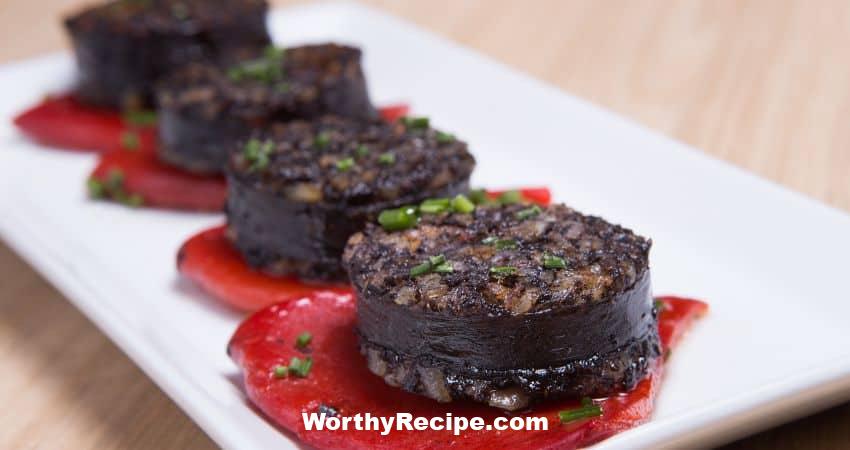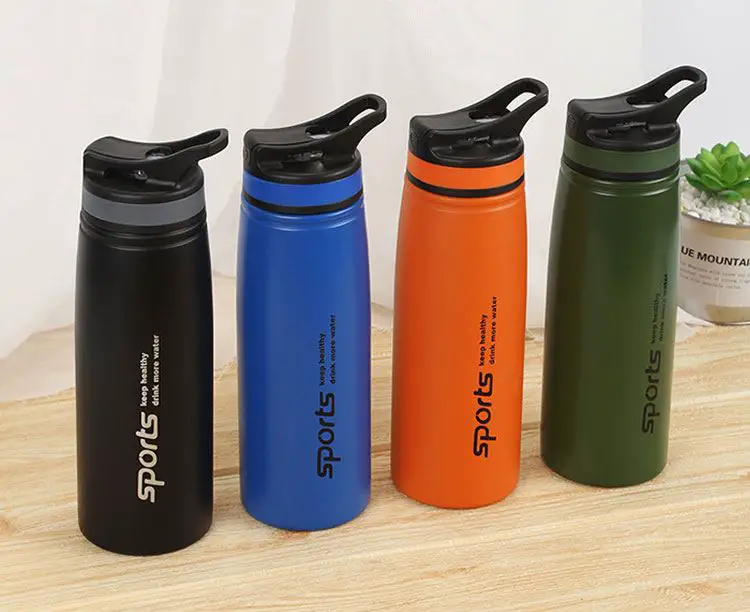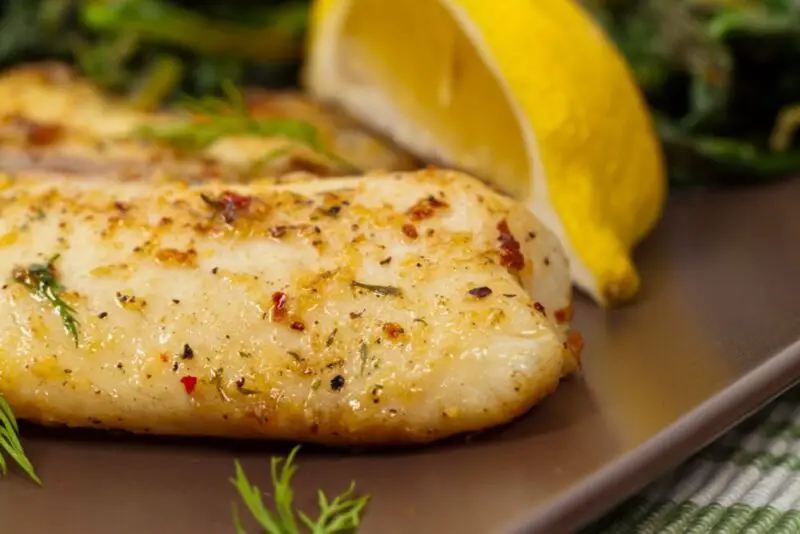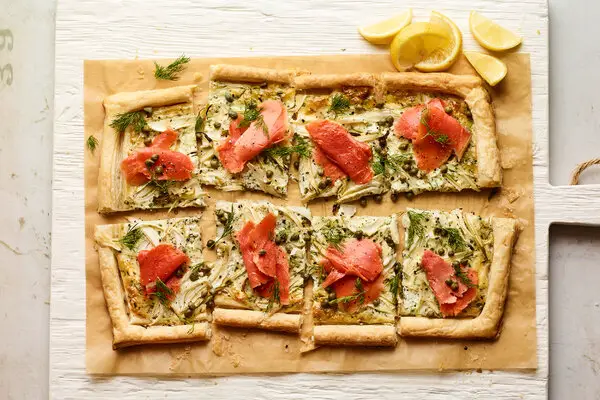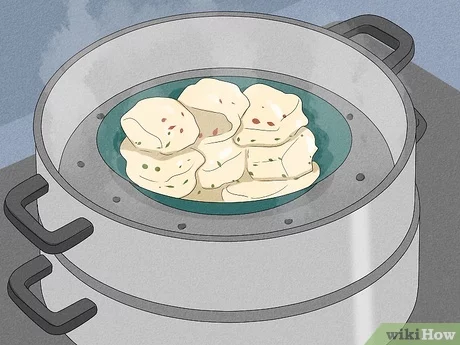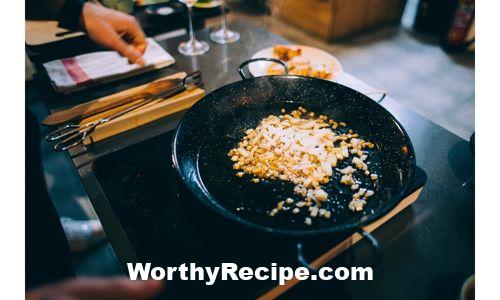Should I Fry Chicken with the Lid On?
Fried chicken is a popular dish all over the world and there are numerous ways to prepare it. One question that often arises is whether to use a lid when frying chicken or not. While some recipes call for covering the pan while cooking, others leave it open. So, which method is better?
In this article, we will explore both sides of the argument and explain why frying chicken with a lid is often recommended. We’ll also look at when using a lid might not be appropriate and learn how to fry chicken with a lid like a pro.
Introduction
If you are new to the world of frying chicken, you might be baffled by the advice to cook it with a lid on. After all, deep frying requires high temperature and adding a lid may seem counter-intuitive as it could cause steam to build up and affect the crunchiness of the crust. However, there are some excellent reasons to use a lid when frying chicken!
The purpose of this article is to examine both sides of the debate and provide useful information for those who want to achieve perfectly tender and juicy fried chicken.
Why Frying Chicken with a Lid Is Recommended
There are numerous benefits to using a lid when preparing fried chicken, including:
Better Retention of Moisture
One of the most significant advantages of frying chicken with a lid is that it helps retain moisture in the meat. When exposed to high temperatures, meat tends to lose liquid through evaporation or steam. A lid reduces evaporation by trapping steam inside the pot, which means that more moisture remains in the food.
This increased retention of moisture results in juicier, more tender meat that has greater depth in flavor due to the enhanced infusion of spices, herbs, marinades, and other ingredients used in the cooking process.
Reduced Cooking Time
Another perk of using a lid when frying chicken is that it can reduce cooking time. By covering the pot or pan with a lid, it seals in heat and intensifies the frying process. The result is uniformly cooked chicken that’s crispy on the outside and moist inside.
In addition, shorter cooking times mean less exposure to high temperatures, which makes it less likely that the meat will be overcooked or dry. This reduced cooking time frees up time to handle other cooking tasks without worrying too much about burning or overcooking your chicken.
Improved Safety
Using a lid when frying chicken can be safer than not using one. Without a lid, there’s a higher likelihood of the hot oil splattering around and possibly causing burns or creating grease fires. By covering the pot or pan with a flexible yet strong lid, you minimize splash and splatter which reduces your exposure to grease containment accidents.
The Consequences of Frying Chicken without a Lid
If you’ve ever tried deep-frying food without a lid before, you’ll know how messy it can be, with oil and fat spattering everywhere. For those who persist in their anti-lid ways while frying chicken over high heat inevitably face some drawbacks as listed below:
Splattering and Grease Fires
One of the most significant risks of frying food without a lid is splattering oil which can cause minor burns or ignite on contact with flames. Most of these accidents are caused by two things: oil at too high temperatures fueled by momentum from bubbling fat in the middle layers cooks use as an indicator for readiness.
Without a lid, the oil can expand more freely and spray onto nearby surfaces, starting grease fires. These kinds of fires are particularly hazardous because they can quickly spread out of control, sometimes necessitating medical attention.
Loss of Moisture
Frying chicken without a lid can lead to moisture loss, causing meat to dry out faster. As mentioned earlier, the high heat required during frying causes water content in chicken to evaporate as steam which escapes into the open atmosphere when no lid is used. This leads to less juicy and tender results making the meat hard and dry.
Unevenness in Browning/Coloring of Chicken Pieces
One disadvantage of not using a lid is that chicken pieces cooked unevenly, resulting in uneven browning or coloring throughout your dish. When that happens, some portions could be overcooked or undercooked, impacting overall taste and texture.
When Should I Not Fry Chicken with a Lid?
There may be instances when you may choose not to fry chicken with a lid. Here are some examples when you may want to leave the pan open:
- If you prefer your fried chicken crispy on the outside without softening due to steaming from covered cooking
- If You’re Deep-Frying nuggets or strips made from ground meat or meat substitutes;
- If You’re Making Deep-Fried Food with heavy amounts of flour or batter coating that benefits from extended frying exposure without overheating
How to Fry Chicken with a Lid
The following steps will guide you through frying chicken like a pro using a lid:
Choose The Right Pot And Oil
The first step is selecting an appropriate pot or frying pan with high sides and a sturdy lid. You must also choose the right oil for frying based on the smoke point of the oil. For instance, peanut oil has a high smoke point-making it well-suited for frying chicken.
Preheat the Oil
Next, heat your frying oil to the desired temperature over medium-high heat, taking care not to overheat it before adding in your chicken.
Adding Seasoning
Before cooking, add any desired seasoning or marinade to your chicken pieces turning or shaking until all sides have been evenly coated. It’s best to use well-seasoned flour or other breading to create a crispy crust on your chicken.
Placing Your Chicken in the Pot
Carefully add chicken pieces into the pot with space between each piece to avoid overcrowding and affecting air-circulation. Overloading might cause uneven cooking and may also make flip-flopping messy Additionally, avoid having any wetness around because water droplets can affect frying temperatures causing hot oil splattering.
Frying Chicken With The Lid On Properly
The last and most critical stage is when you cover the pot with a fitting lid. Allow air circulation space by leaving one side open or tilting it slightly to avoid steam build-up but sufficient enough to trap steam reducing moisture loss in the process. Make sure to monitor cooking progress regularly while adjusting the heat as needed throughout the cooking process for optimal results.
Conclusion
Frying chicken with a lid is often recommended because it can help retain moisture, reduce cooking time, improve safety measures and allow you to cook evenly cooked chicken without drying out while achieving maximum flavor.
However, there may be times when using a lid is not appropriate. Choose an open-lid method only when aiming for crispy texture-like chicken nuggets or strips or foods coated heavily with flour or batter.
Ultimately, understand the pros and cons of both methods before settling on a preferred one. Follow our tips to ensure an optimal frying experience, resulting in crispy-on-the-outside, tender-on-the-inside fried chicken every time!
1. Can frying chicken with the lid on improve its texture?
Absolutely! Frying chicken with the lid on can help lock in moisture and create a more tender and juicy texture.
2. Will frying chicken with the lid on reduce splattering?
Yes, using a lid while frying chicken can help reduce splattering, preventing potential burns and messes.
3. Do I need to adjust cooking times when frying chicken with the lid on?
In most cases, you will not need to adjust cooking times when using a lid to fry chicken. However, it’s always best to check the internal temperature with a meat thermometer to ensure that it has reached 165°F.
4. Should I use a specific type of pot or pan when frying chicken with the lid on?
It’s best to use a pot or pan with high sides and a tight-fitting lid when frying chicken with the lid on. This will ensure that moisture is trapped inside and the heat is evenly distributed for optimal cooking results.

